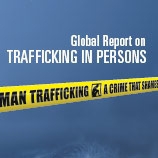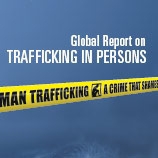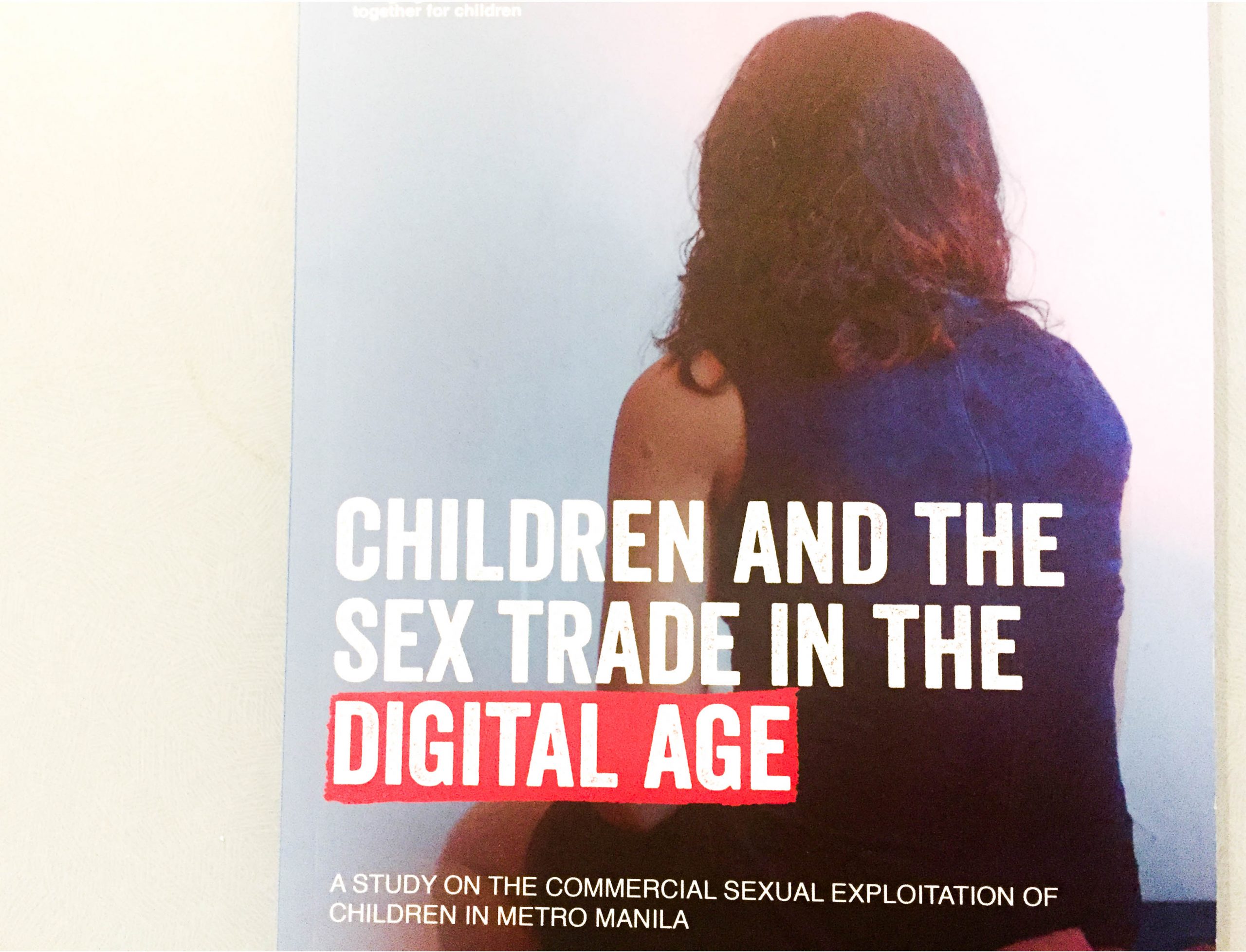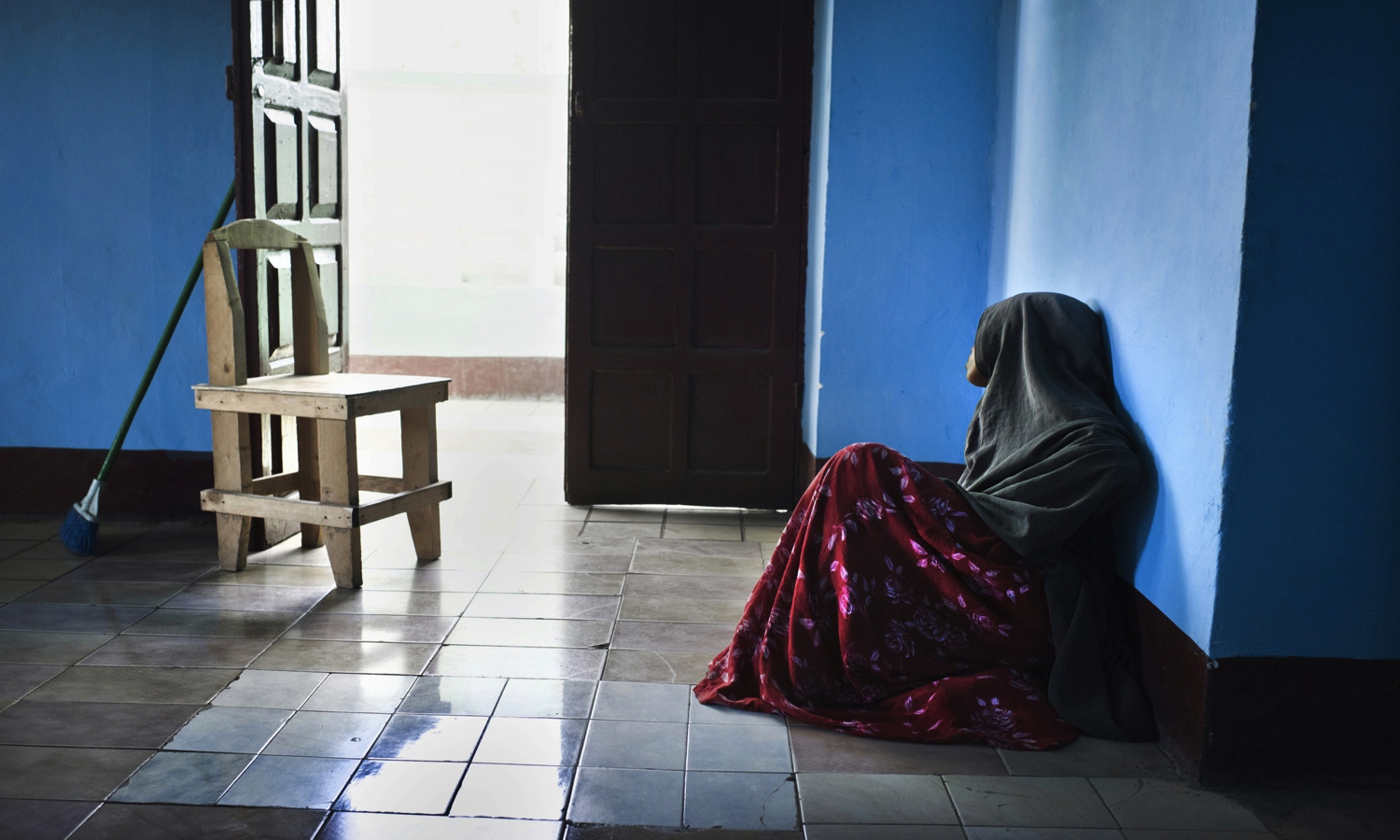
“Many criminal justice systems belittle the seriousness of this crime,” said UNODC Executive Director Antonio Maria Costa at the Feb. 12 worldwide launching the Global Report on Trafficking in Persons.
The report, based on data from 155 countries, noted that conviction rates for human trafficking in most countries rarely exceed 1.5 per 100,000 people. Not only is this below the level normally recorded for rare crimes, like kidnapping in Western Europe, it is much lower than the estimated number of victims, said the UN agency.
In fact, two out of every five countries in 2007-2008 had not recorded a single conviction. “Either these countries are blind to the problem, or they are ill-equipped to deal with it, or both,” Costa said.
He also lamented that some countries have failed to inform the UNODC about the problem “either (because) they are too disorganized to collect the information, or they are unwilling to share it—perhaps out of embarrassment.”
Sexual exploitation, mostly of women and girls, is the most common form of human trafficking (79 percent), according to the report. But almost a third of the countries reported that women make up the largest proportion of traffickers.
Forced labor is the second most common form of human trafficking (18 percent), but the UNODC report said this may be only because the problem is less frequently detected and reported than trafficking for sexual exploitation.
One out of five trafficking victims worldwide is a child. “However, trafficking in minors was a more significant issue in Cambodia, Lao PDR and Thailand and in the Philippines,” the report said.
Statistics from the Department of Social Welfare and Development show that of the 359 trafficked persons in the Philippines in 2007, 179 were girls and 25 were boys. In 2006, 146 of the 184 reported victims were children.
Across countries, most exploitation takes place close to home, and a large proportion of the traffickers are nationals of the countries where the trafficking takes place, the report said.
The Philippines, a signatory to the United Nations Protocol against Trafficking in Persons, passed a law against human trafficking in 2003.
In 2005, it ranked among the top five countries of origin of trafficked victims who were granted certification and eligibility letters in the United States.


